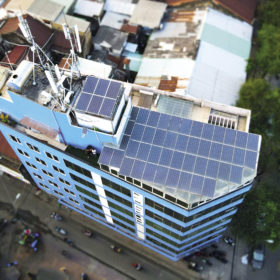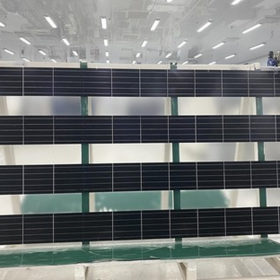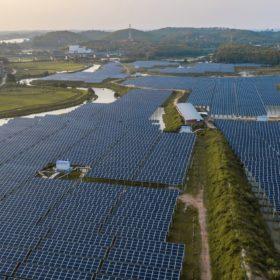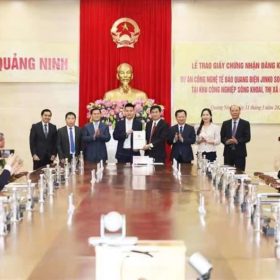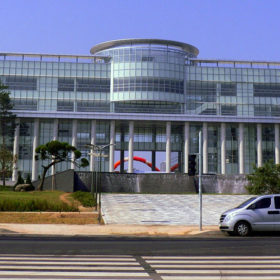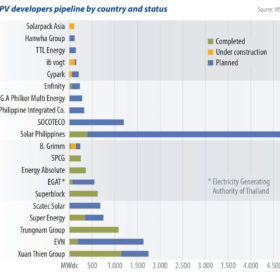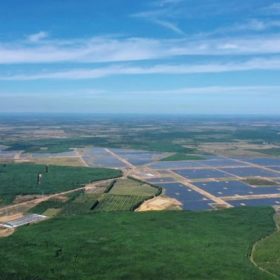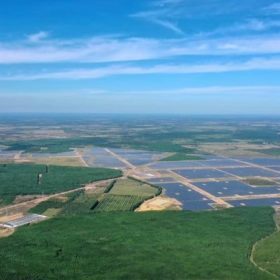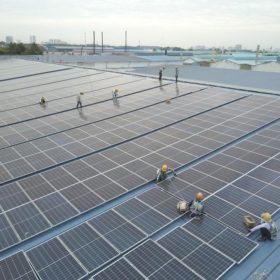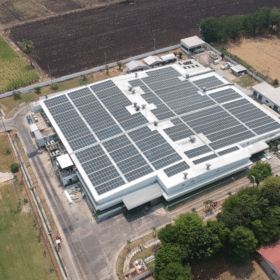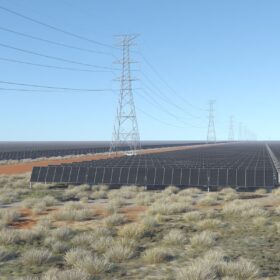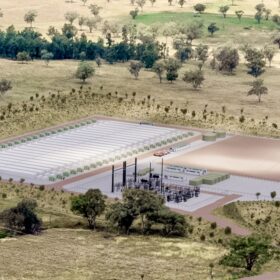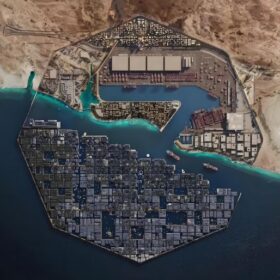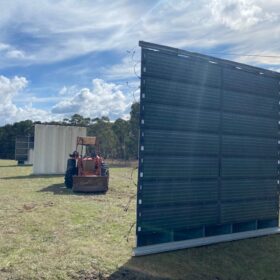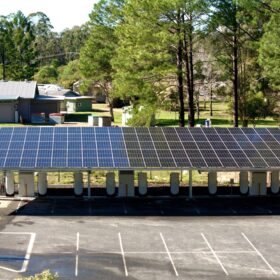EDF Renewables invests in Vietnamese PV rooftop market
The French energy group has invested an undisclosed sum in Vietnam’s SkyX Energy. The goal is to install 200 MWp of C&I PV rooftop capacity in the country.
Vietnamese manufacturer unveils PV module for agrivoltaics
Vietnamese manufacturer Irex has announced a new glass-glass solar panel with a power output of 265 W and a power conversion efficiency of 18.1%.
Corporate renewable PPAs are on the rise in Asia Pacific, says WoodMac
Corporate power purchase agreements are the second most adopted purchasing method in the world, and they’re growing fast. With the U.S. and Europe picking up the pace in the last year, the Asia Pacific is not going to be left behind, with Wood Mackenzie estimating corporate PPAs in the region doubled in the last year.
JinkoSolar builds 7 GW wafer factory in Vietnam
The new factory should begin production within six months and serve the company’s cell and module assembly factories in Malaysia, as well as the module assembly facility in the United States.
Four-terminal heterojunction perovskite tandem solar cell with 30.09% efficiency
Developed by a Vietnamese-Korean research group, the complex PV device was built with a bottom bifacial crystalline silicon perovskite-filtered heterojunction sub-cell that is able to absorb all solar spectra in the short-wavelength range.
Saturday read: Southeast Asia’s big PV plans – 27 GW by 2025
PV markets in Southeast Asia have picked up over the past two years, driven by the astounding growth of Vietnam. Regional policies, combined with growing demand for renewable power in the manufacturing industry, will result in 27 GW of new PV installations across the region over the next five years, writes IHS Markit analyst Dharmendra Kumar. PV installations in these countries are driven by attractive feed-in tariffs, net energy metering, tariff-based auction mechanisms, and other incentives.
Saturday read: Five trends to watch in Southeast Asia
Minh K Le, senior renewables analyst at Rystad Energy, examines five key trends to watch in Southeast Asia utility-scale solar, as mega-scale projects ramp up, Indonesia emerges, and Vietnam steps back.
Vietnam sees 350 MW solar park come online
Chinese inverter maker Sungrow revealed a 350 MW solar facility was energised in Loc Ninh County, Binh Phuoc Province. The project secured a FiT of $0.0709 per kWh.
Sunseap connects 23 MW in Vietnam under FIT regime
The developer said it installed and commissioned seven solar rooftops in just three months despite Covid-19 travel restrictions.
Cleantech Solar a big wheel in Asia’s C&I rooftop PV scene
The latest in Cleantech Solar’s 500+ MW portfolio of solar projects rolling out on manufacturing-facility rooftops across Asia is a major Indonesian tyre producer set to green the supply chain for future vehicles.
